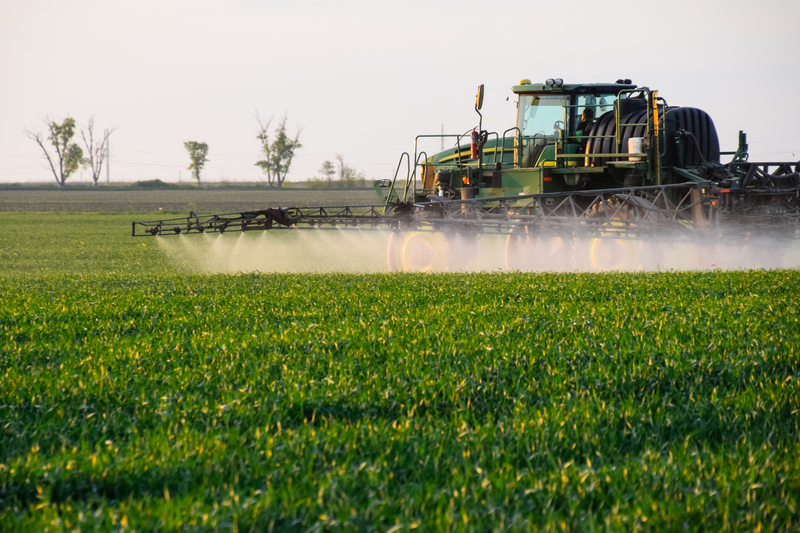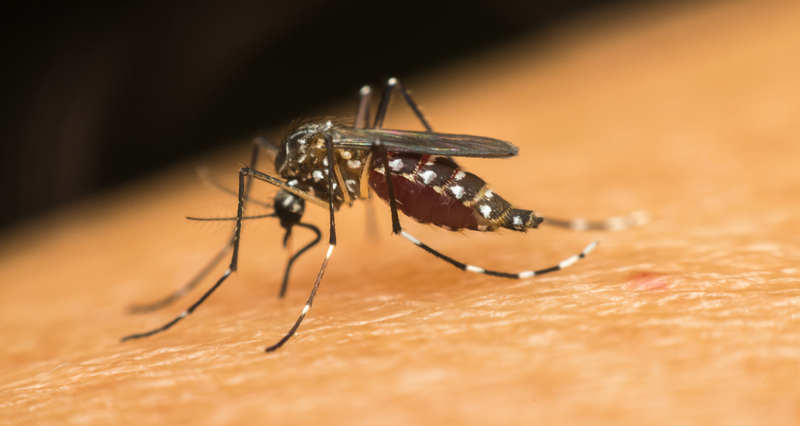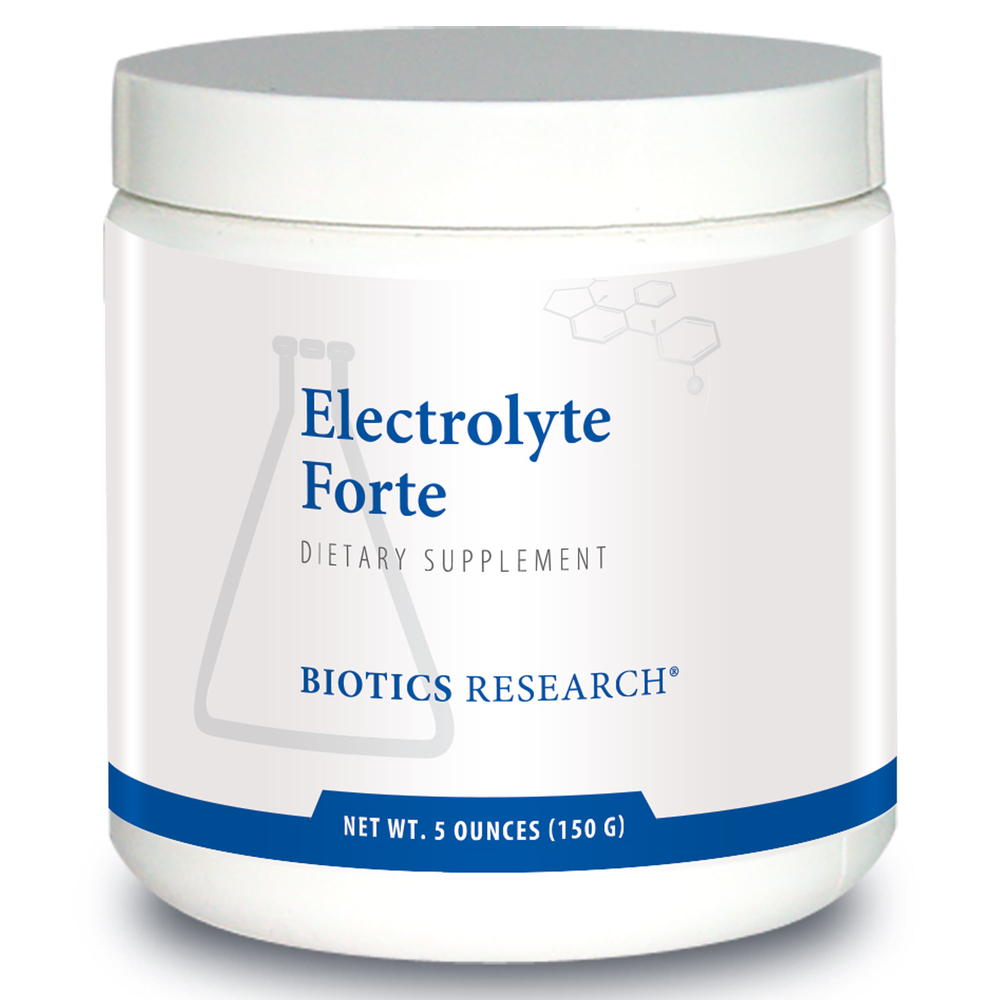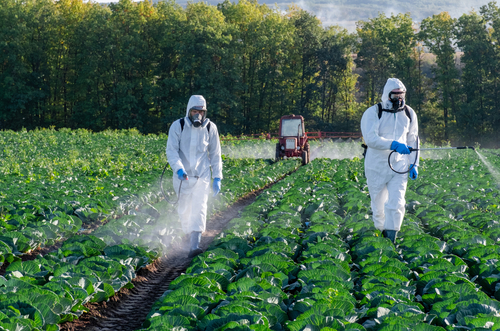Category: Articles





Dengue Viral Infections: CDC Issues Health Advisory
by Mila McManus, MD The Centers for Disease Control and Prevention issued a health advisory to clinicians, health authorities, and the public on Tuesday (6/25/24) about an increased risk for dengue (pronounced ”deng-gay”) virus infections in the United States. Globally, there has been a record-breaking incidence of the mosquito-borne viral disease. While there is no…
Read More



Take Charge of Your Health
We believe in empowering you to be an active participant in your health journey. With our guidance, simple lifestyle adjustments can yield profound results. Let us be the bridge to a healthier, happier you.
SCHEDULE AN APPOINTMENT
